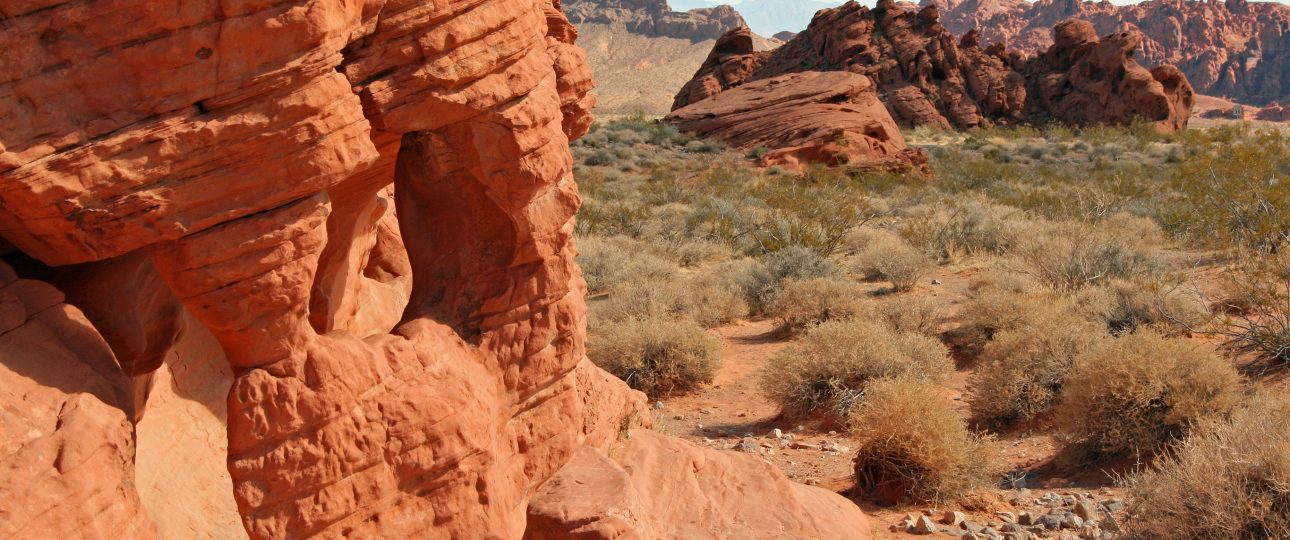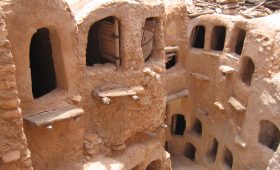Getting There
Valley of Fire State Park is located about 50 miles northeast of Las Vegas, Nevada. If you’re flying into Las Vegas, renting a car at the airport is a straightforward option. The drive takes roughly an hour, offering scenic views of the desert landscape. Alternatively, guided tours from Las Vegas are available, which include transportation to and from the park.
Best Time to Visit
Plan your visit during spring or fall for the most comfortable weather. From March to May and September to November, temperatures are mild, making outdoor activities more enjoyable. Be cautious if visiting in the summer, as temperatures can soar above 100°F. Winter can be chilly, so pack layers if you visit then. Note that many trails are closed from May 15 to September 30 due to safety concerns related to extreme heat.
Exploring the Park
Valley of Fire State Park spans 40,000 acres of striking red Aztec sandstone formations set against gray and tan limestone. The park is home to ancient petrified trees and petroglyphs over 2,000 years old. Start your exploration at the Visitor Center, which offers exhibits on the park’s geology, ecology, and history.
1. Fire Wave
The Fire Wave is a captivating sandstone formation with swirling patterns of red, orange, and pink. It’s a favorite spot for photographers. Remember, this trail is closed from mid-May to the end of September, so plan accordingly.
2. Elephant Rock
Elephant Rock is aptly named for its resemblance to an elephant. It’s a short hike from the road and offers a unique photo opportunity. Be prepared for a brief walk to reach this formation.
3. Arch Rock
Arch Rock is another highlight of the park. This natural arch is popular among hikers and photographers alike. While the Natural Arch Trail is closed during the summer months, Arch Rock remains accessible year-round.
Practical Tips
- Wear sturdy walking shoes and dress in layers, as temperatures can vary throughout the day.
- Bring sunscreen, a hat, and sunglasses to protect against the sun.
- Carry plenty of water, especially if you plan to hike.
- Bring a camera and extra batteries to capture the park’s stunning landscapes.
- Check the park’s website or visitor center for updates on trail closures and other important information.
- Be prepared for limited network services and cash-only payments within the park.
Camping
The park offers two campgrounds with a total of 72 campsites. Each site is equipped with shaded tables, grills, water, and restrooms. Showers and a dump station are also available. Campsites can be reserved, and there’s a camping limit of 14 days within a 30-day period.




